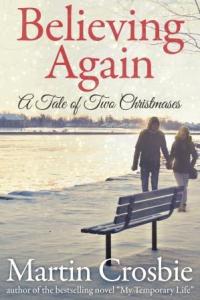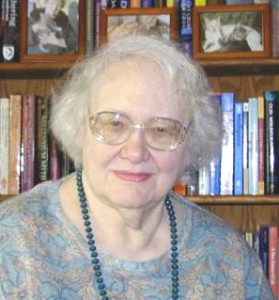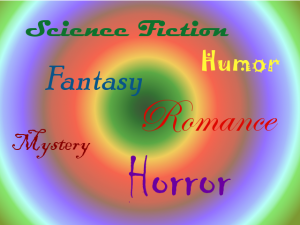 Believing Again: A Tale Of Two Christmases
Believing Again: A Tale Of Two Christmases
by Martin Crosbie
Genre of this Book: Contemporary Romance
Word count: 37,000 words
Two weeks before Christmas, Becky gets what she always wanted. James proposes to her and promises that they’ll have lots of Christmases together.
When Stephen returns home after serving overseas all he wants is to spend Christmas with his new wife, Myra. All he can think about is her touch, her warmth.
A compelling story of two couples, traveling their separate paths, building their lives together, until one day a secret is revealed that changes all of their lives.
And, afterward, nothing will ever be the same again.
Believing Again: A Tale of two Christmases is a heart-warming tale of love, commitment, family, and, of course, Christmas.
This book is available from Amazon. Continue reading “Book Brief: Believing Again”


 I don’t know about you, but sometimes it seems like every fifth indie author I meet is writing some kind of genre fiction – sci-fi, fantasy, thrillers, romance….
I don’t know about you, but sometimes it seems like every fifth indie author I meet is writing some kind of genre fiction – sci-fi, fantasy, thrillers, romance…. I admit it: when I ran across this article in Salon, I giggled a little at the title: “
I admit it: when I ran across this article in Salon, I giggled a little at the title: “